I am wondering if there are any best practices for routing to multiple
SPI devices in parallel.
It really depends on the speeds you want to achieve with that SPI bus, anything under 10MHz and you are unlikely to have problems. After ~30MHz capacitance will start to eat into your risetimes, so any way to keep the capacitance low will be your friend.
Another thing that will cause risetimes to become longer is inductance. Usually the biggest source of inductance with PCB routing will come from vias. (A 10mil via will have about 1.2nH of inductance, smaller vias have more inductance)
Traces that are closer to a continuous ground plane will also have lower inductance, consider inductance calculations at 1MHz for PCB traces:
12mil trace adjacent to a continuous ground layer (top two layers in standard 4 layer stackup) will have 8.6nH/in
12mil trace adjacent to a continuous ground layer on bottom of prepeg from continuous ground plane (middle two layers in standard 4 layer stackup) will have 15.3nH/in
8mil trace adjacent to a continuous ground layer (top two layers in standard 4 layer stackup) will have 10.2nH/in
This will make a difference in very long traces (or if you need fast signals)

